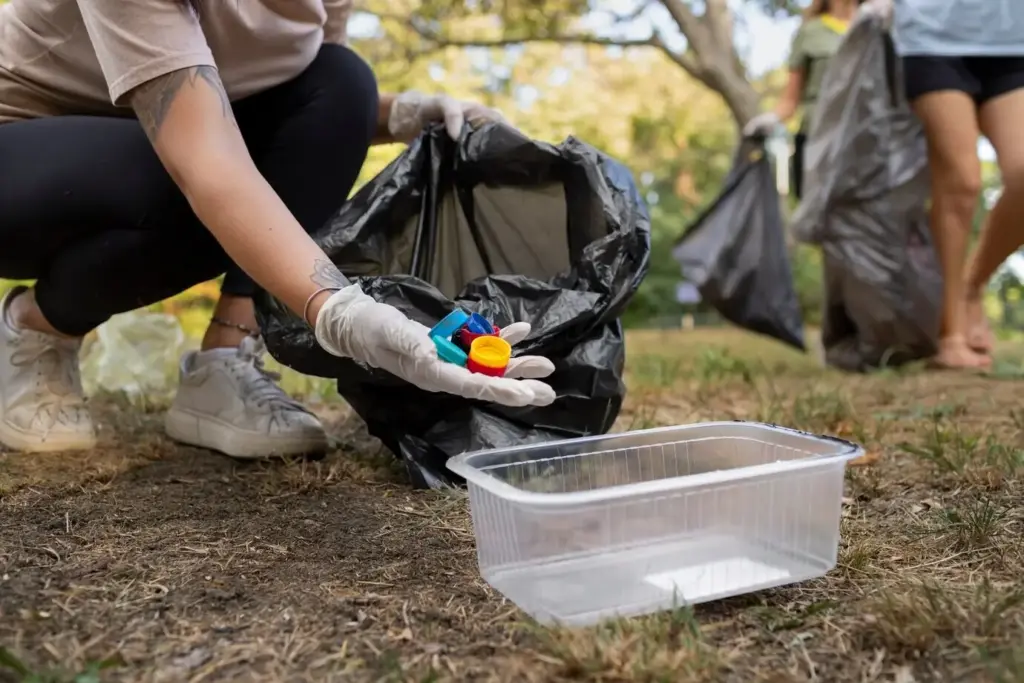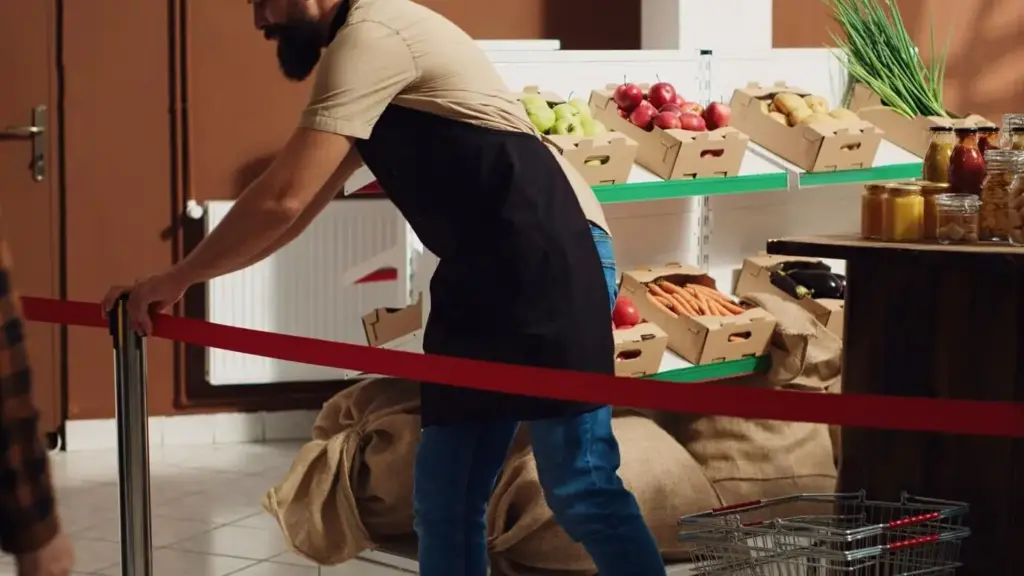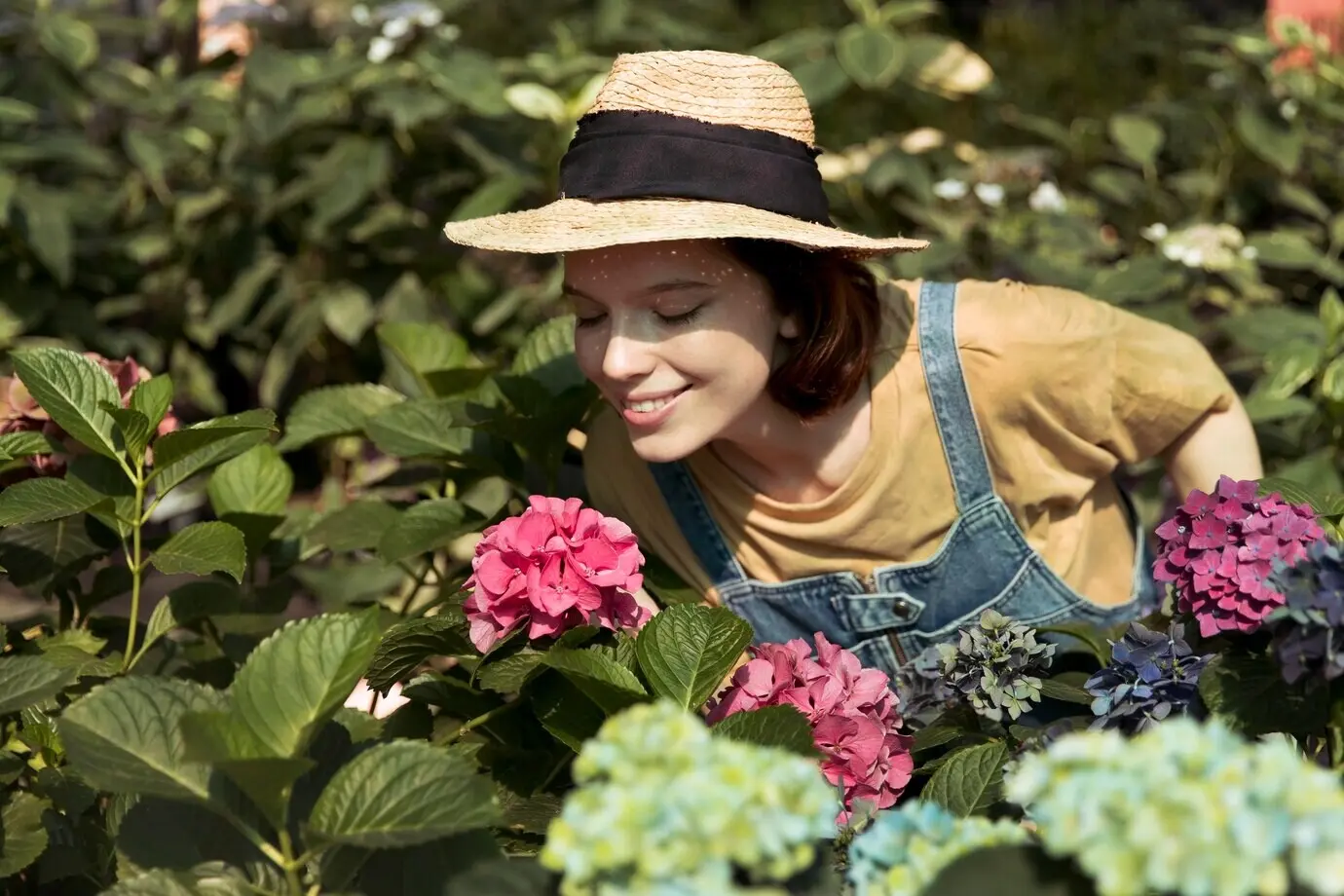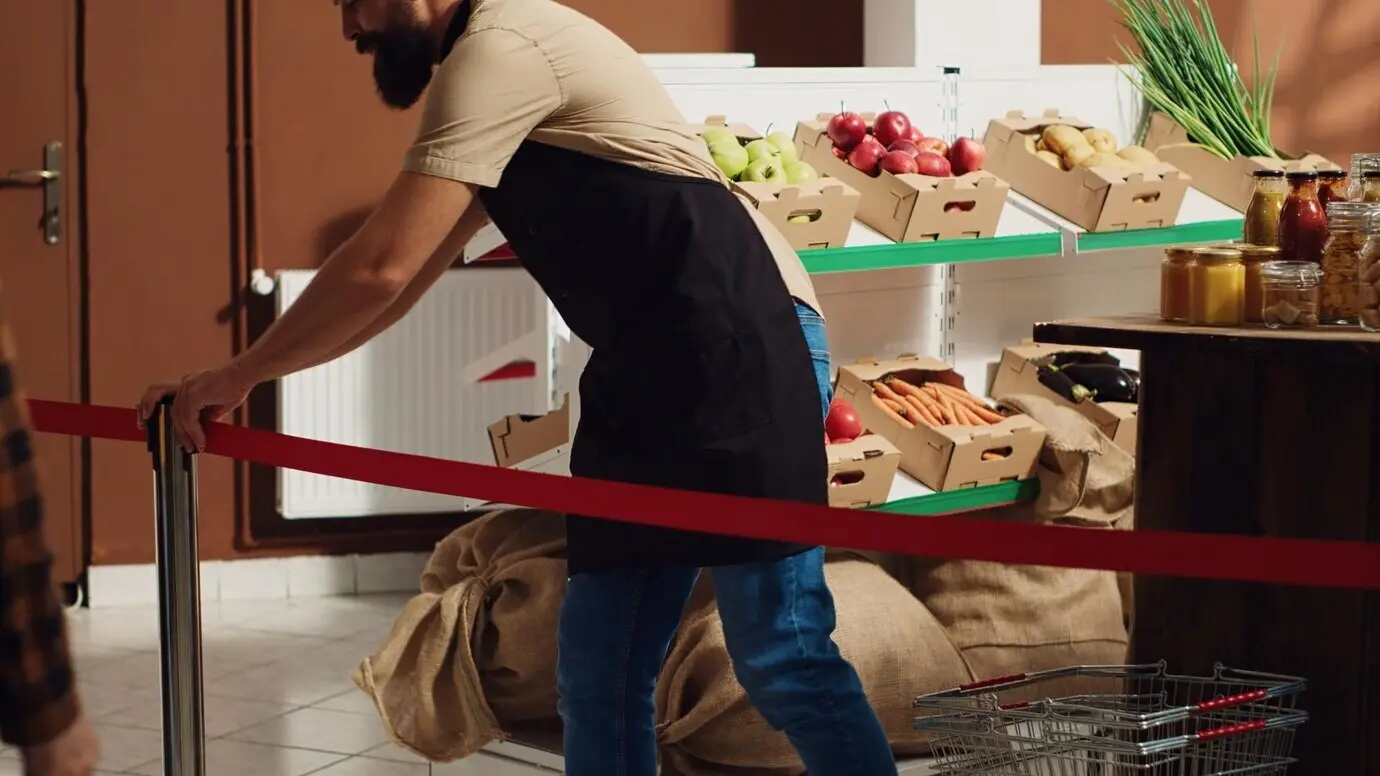Decisions That Grow Shade and Safety Together
From Idea Circles to Shovel-Ready Action




Design Patterns for Nature That Works

Street Trees and Cool Corridors
Planting the right tree in the right place delivers cooling, cleaner air, calmer traffic, and beauty. Choose diverse, drought-tolerant species, sized for available soil volume and with roots protected from compaction. Pair plantings with reflective pavements, shade structures at bus stops, and water access for summer care. Layer youth stewardship programs, so watering shifts become summertime jobs and pride grows alongside the canopy.

Rain Gardens, Bioswales, and Porous Places
Capture stormwater before it overwhelms drains. Use curbside bioswales with hardy perennials, amended soils, and overflow structures. Replace dead-end lawns with rain gardens that soak, filter, and bloom. Add permeable pavers on alleys and parking strips where budgets allow. Clear maintenance duties—litter removal, seasonal pruning, inlet checks—keep performance high. When residents understand how systems work, they protect inlets and report issues quickly.

Pocket Parks and Schoolyard Oases
Convert hot, cracked surfaces into shaded, permeable landscapes welcoming to families and elders. Think modular planters, climbing vines, water-absorbing surfaces, and play features that double as stormwater channels. Schoolyards can open to communities after hours, expanding access without new land. Co-design with students and teachers builds stewardship. Add seating, lighting, and clear sightlines to ensure comfort, safety, and ongoing care from nearby neighbors.
Stories From Cities Turning Votes Into Canopies
Flooded Block, Shared Solution
After repeated basement backups, neighbors mapped puddles and sent photos during storms. A simple package—two curb extensions with bioswales, one permeable alley segment, and downspout disconnections—won voting by a comfortable margin. Within a year, stormwater lingered less, and kids could cross the corner without soaked shoes. Because residents championed the design, maintenance stayed consistent, and the project inspired nearby storefront planters and tree requests.
The Courtyard That Learned to Breathe
A heat-trapped courtyard at a public school became a living classroom. Students proposed shade trees, painted cool surfaces, and a winding rain garden that traced their daily paths. Parents helped plant, teachers integrated monitoring into science lessons, and a weekend volunteer crew adopted watering. Afternoon temperatures dropped, recess felt safer, and the site hosted neighborhood workshops showing how small spaces can cool entire blocks over time.
A Contest of Ideas, A Coalition of Care
Several micro-proposals competed: tree pits, a pocket park, and bus stop shade. Facilitators encouraged a coalition rather than a single winner, combining elements into a corridor upgrade. Multiple blocks received improvements, so benefits touched more residents. The coalition later formed a stewardship group, tracking plant health and advocating for safer crossings. The process proved that collaboration can stretch limited dollars and amplify climate benefits fairly.
Measuring What Matters: Cooling, Soaking, Thriving


Resident-Friendly Metrics
Translate technical performance into everyday meaning. Instead of only reporting liters captured, show how many typical storms are handled without pooling. Instead of complex emissivity charts, compare sidewalk temperatures to a shaded lawn. Combine numbers with stories—bus riders noticing cooler waits, caretakers describing drier crossings after rain. Simple, repeatable measures allow neighbors to verify gains and push for adjustments when outcomes drift.


Life-Cycle Costs and Maintenance Plans
Good projects start with honest upkeep budgets. List who waters trees, how bioswale inlets stay clear, and which tasks require trained crews. Compare long-term savings from reduced flooding and cooler pavements against initial costs. Bundle volunteer roles with funded maintenance, not as substitutes but as enhancements. When responsibilities, schedules, and escalation contacts are public, projects age gracefully instead of becoming future liabilities.
Inclusion That Builds Trust and Legitimacy


